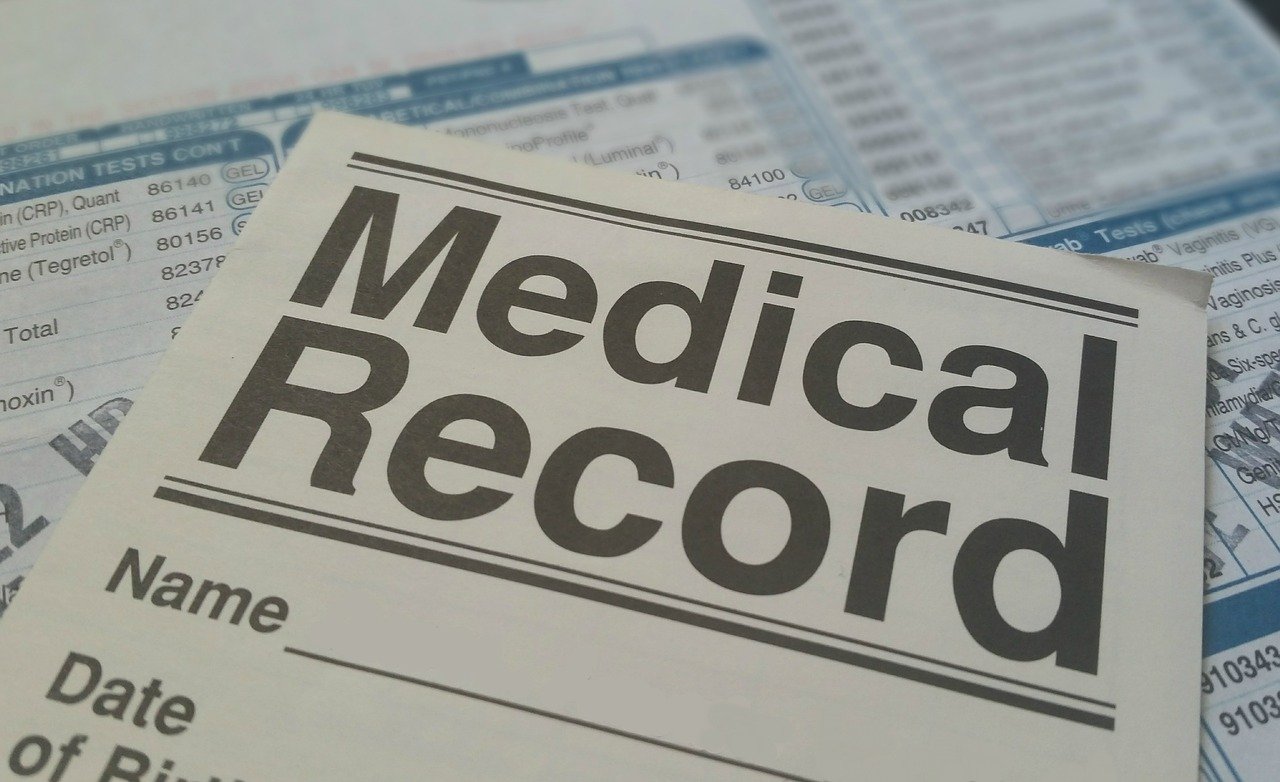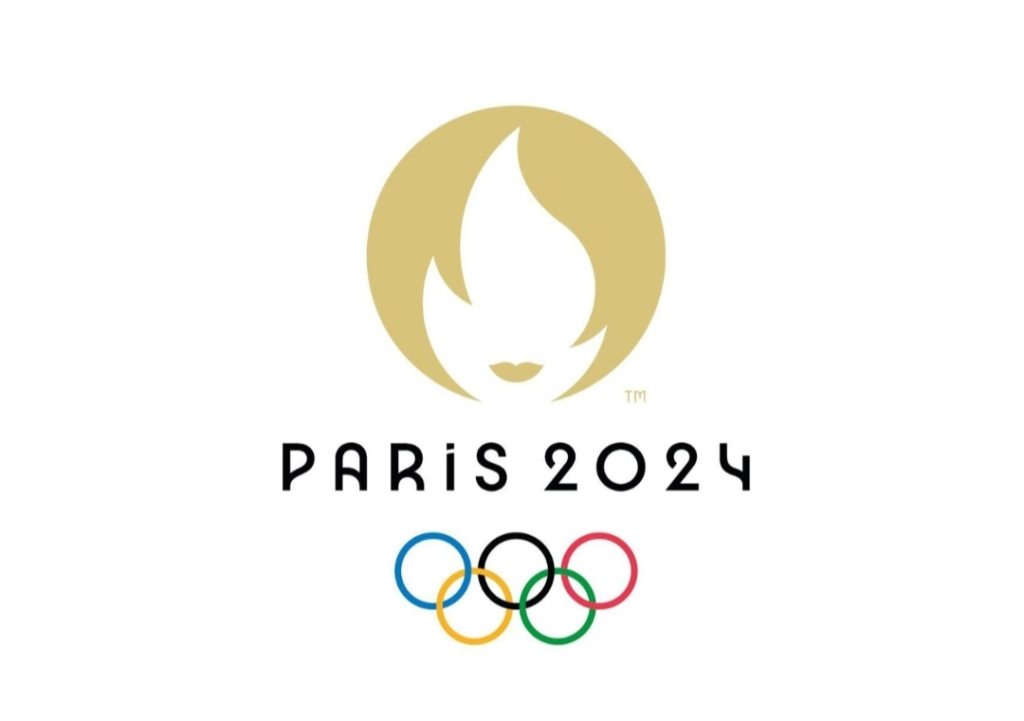The Center for Healthcare Strategies estimates 36 percent of U.S. adults have a low proficiency in health literacy, which relates to a person’s ability to obtain, communicate, process, and understand basic health information and services to make appropriate health decisions. Since 1999, October has been designated as Health Literacy Month to enlighten and teach people about how to acquire basic health information as well as create services to assist them in making sound choices about their health.
On the most basic level this means over one-third of adults struggle to follow prescription drug instructions or to comprehend a doctor’s directions. Low health literacy persons are less likely to understand their access to preventive health services like flu shots, mammograms and pap smears. Less knowledge also promotes increased visits to emergency rooms instead of a primary care or available physician in a doctor’s office. Data investigating the trends of such people determine they are also more likely to live with chronic conditions like diabetes, asthma and high blood pressure.
Although previously health illiteracy thought people with poor basic literary skills were the ones impacted, a new understanding reveals a much larger group encounters challenges when trying to navigate the healthcare system because at the core it is overly complex. Thus, healthcare organizations are stepping up to aid in the understanding and use of health information and services.
Addressing health literacy currently has become a national priority. The objectives, as outlined by HealthyPeople.gov seek to attain “health literacy to improve the health and well-being of all” as one of its five overarching goals. The Agency for Healthcare Research and Quality (AHRQ) works from developing improvement tools, to designing professional training and education, to funding and producing health literacy research.
But much of the instructions should come from the doctors and health care professionals by providing and leading patients through the online resources available. Health care centers allow communication and explanations via an intranet available to all patients who have access to a computer. Additionally, web resources such as MyHealthFinder and the Department of Health and Human Services (HHS) Health Literacy Workgroup are available.
People should no longer rely solely on their health care providers and should be proactive in their doctor visits and communications. Better results may be obtained simply by writing down the problems that cause the visit to the doctor, taking notes on what is said and asking questions during the visit. Obtaining the best way to reach out with questions after the visit is also important. Communities will often offer educational programs to assist with becoming health literate and look to local schools for their methods of educating children in this field.
Increased health literacy equates to a healthier population, and the resources are available.
Our Her Nexx Chapter Community invites you to join us where women are connecting with each other’s stories, exploring different experiences, and transforming ideas.
The Future of Connection for Women







